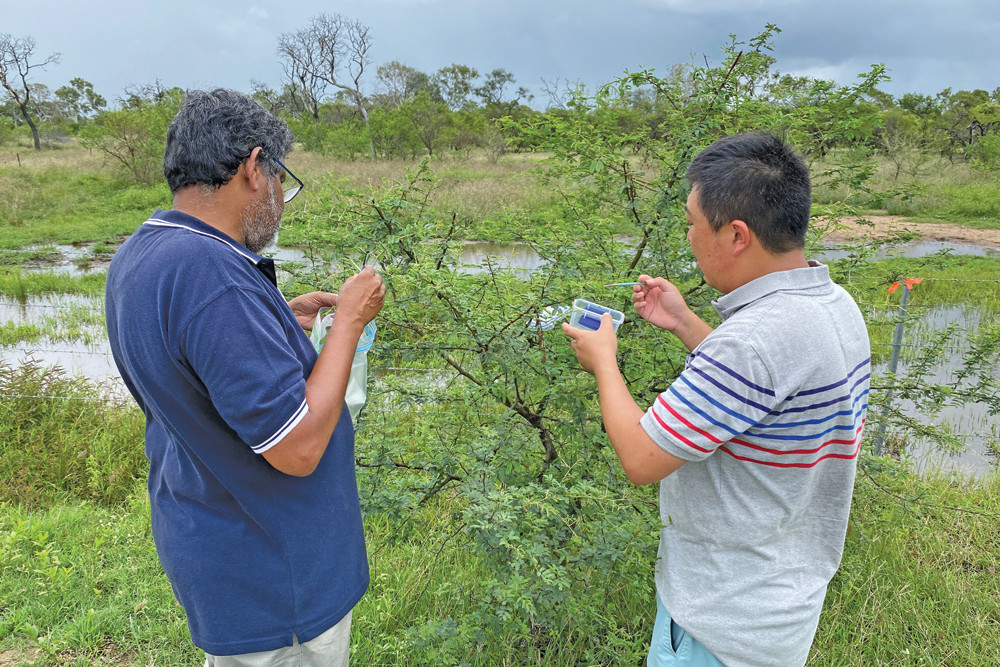On The Land
14 May, 2023
Global project targets weeds
SOME of Australia’s most damaging and destructive weeds are under fire from a legion of natural enemies from around the world, as the second phase of a AgriFutures Australia project comes to a close.

The “Underpinning agricultural productivity and biosecurity by weed biological control” project is primarily focussed on identifying and releasing biological control agents for weeds.
The impact of weeds on the Australian economy has been estimated to cost up to $5 billion per year through reduced profitability and productivity of agricultural land, choking of waterways and requiring the ongoing use of herbicides and other controls. There are also substantial environmental costs.
Researchers from CSIRO, Agriculture Victoria (AgVic), Queensland Department of Agriculture and Fisheries (QDAF) and the NSW Department of Primary Industries (NSW DPI) have collaborated with counterparts across the globe to conduct native range surveys and identify potential biocontrol agents for importation into Australian quarantine.
According to project coordinator Dr Alex Ball, from AgriFutures Australia, the outcomes of the project were set to benefit all Australians.
“Once established, biological control agents will begin to reduce weed impact on sheep and cattle grazing properties, cropping, public lands and irrigation channels improving the productivity, profitability and sustainability of Australian agriculture,” he said.
“In turn, all Australians will benefit from a more productive agricultural industry, shoring up Australian’s international competitive position”.
Australian landowners now have access to new biocontrol agents to manage some of the most damaging weeds, which affect 23 million hectares of profitable land and 15,000km of water resources. Eleven weeds have been targeted for biological control, over a seven-year, two-phase project.
The process for establishing a bio-control agent in Australia is lengthy, with rigorous testing and regulatory compliance needed. On average, the time from identifying a potential bio-control agent to its mass-release in Australia can take from 5-10 years.
At least six of the weed targets now have a biological agent undergoing mass or trial release programs including Prickly acacia. Targeted releases of a thrips species (Acaciothrips ebneri) are underway in north Queensland which will hopefully reduce establishment and ultimately impact of prickly acacia across cattle properties.
After the strategic targeted releases, the agent will be released more widely and be available for producers in the region.
Although not yet ready for release, significant progress has been made in identifying biological control agents for damaging weeds including Koster’s curse, Navua sedge, African lovegrass, giant rat’s tail grass, silverleaf nightshade and saffron thistle.


